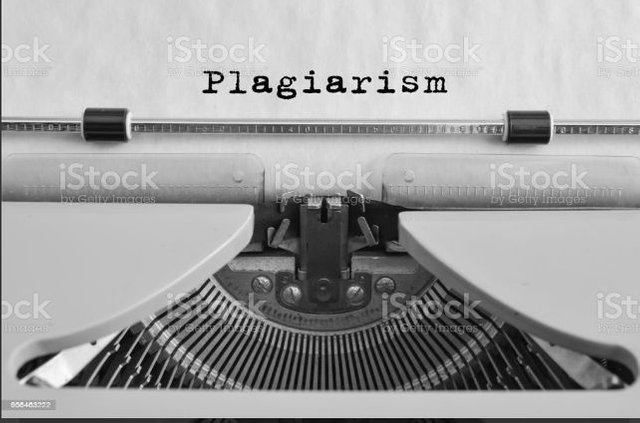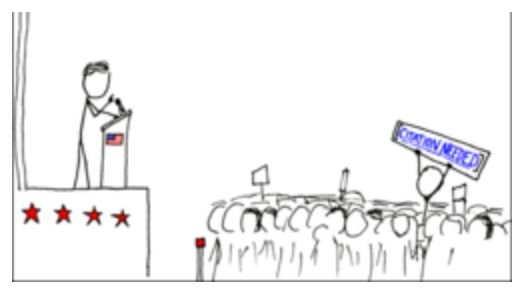#Achievement 3 Task by @auta content etiquette
10% payout to @steemalive
Hello my fellow steemians @auta #achiement2 was successfully verified.with me here by God Grace I am going to complete my #achiement3
What is plagiarism
Plagiarism is the representation of another author's language thought ideas or expression as one's original work.
Plagiarism can also be seen as the considered a violation of academic integrity and a breach of journalistic ethics.
Source
TYPES OF PLAGIARISM
1 MOSAIC OR PATCHWORK PLAGIARISM
With this type of plagiarism, the work of someone else is simply paraphrased without proper citation. It’s often difficult to detect because the plagiarized material is interwoven with many different sources, including the writer’s own ideas and perspective.
2 PARAPHRASING PLAGIARISM
Paraphrasing, or incremental plagiarism, is the most common type of plagiarism. It’s similar to the mosaic plagiarism style mentioned above. However, the difference is that the copied work isn’t mixed in with new concepts and research. When you paraphrase the original idea in your own words, the borrowed material stays the same throughout the new piece.
3 COMPLETE PLAGIARISM
Complete plagiarism is more common in academic writing than in content marketing or other types of online writing. This type of plagiarism occurs when someone tries to submit an entire research paper as their own without proper attribution.
4 SELF-PLAGIARISM
Also known as auto-plagiarism, self-plagiarism happens when you copy your own writing, whether intentional or not. Often the person in a self-plagiarism incident is summarizing or repurposing their own work instead of writing a whole new piece from scratch on the same topic.
5 ACCIDENTAL PLAGIARISM
Plagiarism doesn’t always happen on purpose. It’s still considered plagiarism when someone copies another’s writing without citing their source, improperly cites the source or leaves out quotation marks on accident. Just because the omission or incorrect citation was accidental doesn’t mean plagiarism hasn’t been committed. This is why it’s important to check any work and when in doubt, give your source credit.
6 SOURCE-BASED PLAGIARISM
This type of plagiarism refers to instances when misleading sources are involved. For example, the writer may have two sources of information but only reference one. Another form of source-based plagiarism would be when an author quotes a non-existent or incorrect source.
7 DIRECT OR VERBATIM PLAGIARISM
Direct plagiarism, also known as verbatim or copy-paste plagiarism, is an intentional and unethical form of stealing content. As the name suggests, the writing is stolen word for word and pasted into the new piece. The author then tries to pass off the content as their own. A word or two might be changed, but this type of plagiarism is too blatant to be considered paraphrasing.
HOW CAN I AVOID PLAGIARISM
There are 3 ways to avoid plagiarism
1 Paraphrase Correctly
Other writers can inspire your writing style or opinions. That’s totally cool. But copying them word-to-word is considered plagiarising (unless you quote them).
Paraphrasing is when you write someone else’s content in your own words. This involves a bit of trickery and strategy. Here is how you can do it without a hassle.
2 Cite All Your Resources
Keep a track of the resources you are using while writing. This way you can cite all of them properly at the end. A citation identifies that a piece of writing or an idea is not your own.
How you cite is dependent on the style guide you are following. For example, APA is a common citation style used in psychology researches and the education field. There many resources (like Citation machine) that help you cite a URL or a research paper adhering to the style guide’s guidelines.
3 Use Quotations
Quoting means you are allowed to copy what someone wrote or said word-to-word. This text must be in quotation marks and attribute directly to the author. I often use quotation blocks when citing quotes from books.
Source.
How To Cite Source
Citation
A citation is a reference to a source. More precisely, a citation is an abbreviated alphanumeric expression embedded in the body of an intellectual work that denotes an entry in the bibliographic references section of the work for the purpose of acknowledging the relevance of the works of others to the topic of discussion at the spot where the citation appears.Source
Thank you for reading my #achievement3
And @cryptokanoon


